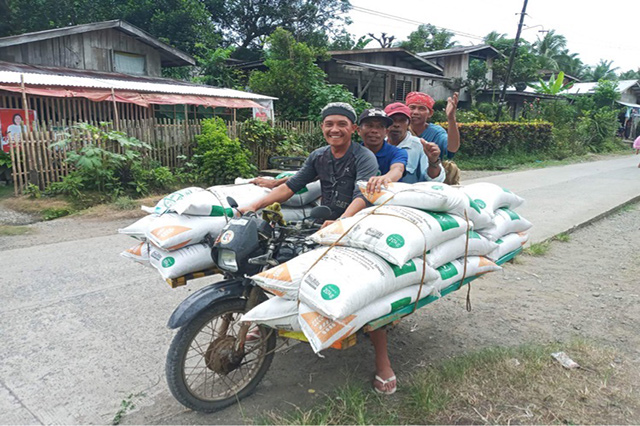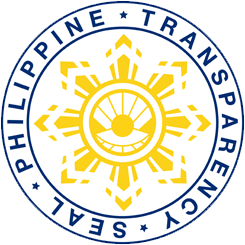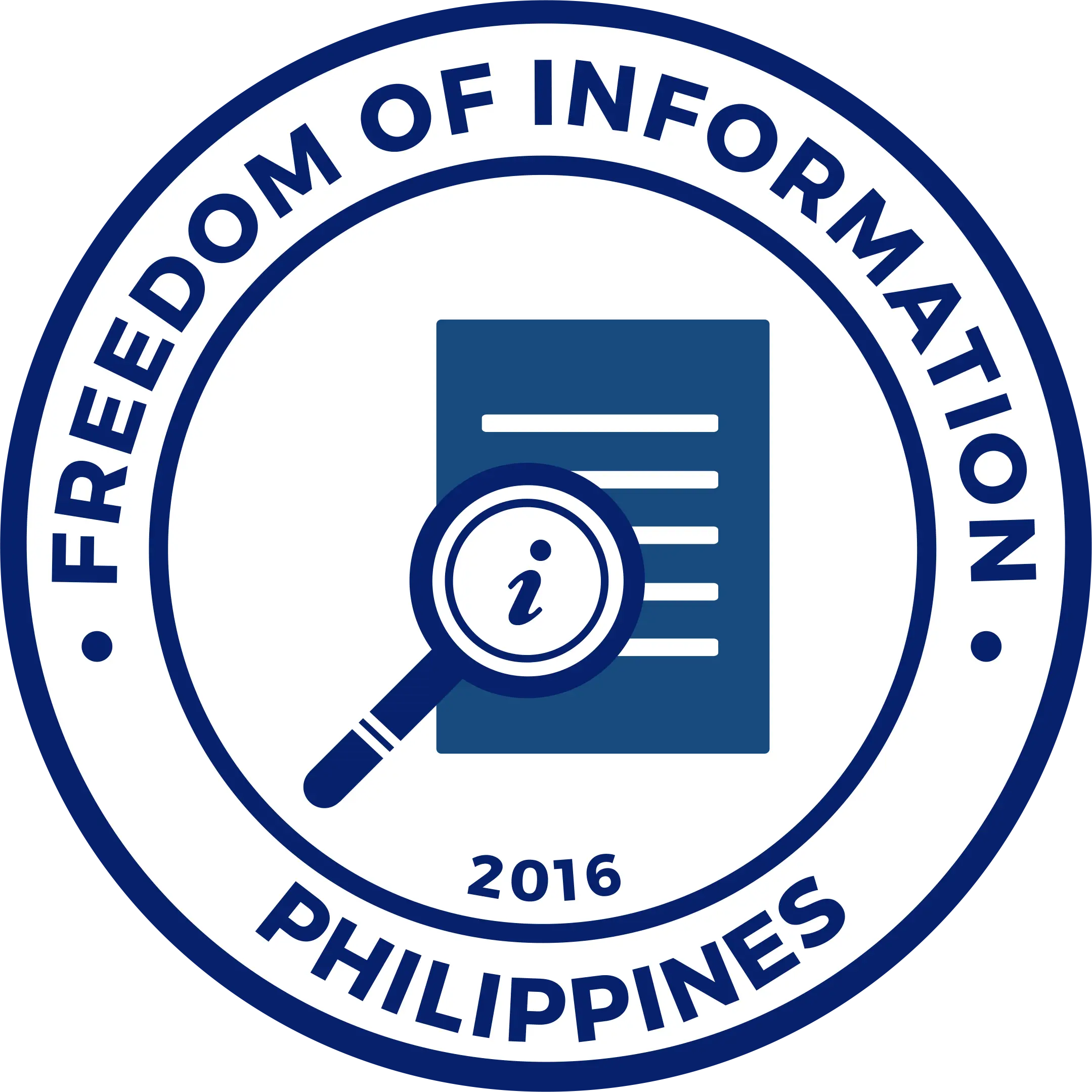
Three years after its maiden implementation, more than 10 million bags of certified seeds were distributed to about one million farmers from the 42 target provinces under the Rice Competitiveness Enhancement Fund (RCEF).
Estimates also show that rice areas planted with RCEF seeds reach 1.5 million hectares yearly.
As of July, 1.57 million bags were distributed to more than 630,000 farmers in 731 cities and municipalities, with an estimated area coverage of 720,000 hectares for 2022 wet cropping season.
The RCEF-Seed Program, being implemented by Department of Agriculture-Philippine Rice Research Institute (DA-PhilRice), continues to operate in 42 provinces that has high potential to adopt certified inbred seeds. With the OneDA approach, which aims to maximize resources and unify efforts of the agencies under DA, provinces not included in RCEF are being assisted by the National Rice Program.
The RCEF-Seed provinces include Ifugao, Kalinga, Ilocos Sur, La Union, Nueva Vizcaya, Quirino, Aurora, Bataan, Bulacan, Pampanga, Zambales, Cavite, Laguna, Quezon, Albay, Masbate, and Sorsogon in Luzon.
RCEF-Seed Program also reached Aklan, Antique, Capiz, Negros Occidental, Bohol, Negros Oriental, Biliran, Samar (Western Samar), Southern Leyte in Visayas. For Mindanao, the Program also served Zamboanga del Sur, Zamboanga Sibugay, and Lanao Del Norte.
Misamis Occidental, Misamis Oriental, Davao de Oro, Davao Del Norte, Davao del Sur, Davao Oriental, Sarangani, South Cotabato, Agusan del Norte, Agusan del Sur, Surigao del Sur, Lanao del Sur, and Maguindanao are also included in the program.
Meanwhile, a study conducted by the Socioeconomics Division of DA-PhilRice showed that certified seed adoption in the RCEF provinces increased from 48% in 2019 wet season (prior to RCEF’s implementation) to 84% in 2021 wet season.
High utilization rates were also recorded as 98% of the farmer-beneficiaries have planted the RCEF seeds within the actual season they received the provision. The study affirmed that farmers plant the seeds when they receive it in time for their planting dates.
“In close coordination with our partner-local government units, we carefully plan the seed delivery schedule in every city and municipality. This made seed distribution activities timely based on the planting period of various localities,” said Flordeliza Bordey, head of the DA-PhilRice RCEF Program Management Office.
Around 97% of the farmers in the 2021 wet season also mentioned they were satisfied with the germination rate of the RCEF seeds.
The seasonal monitoring of farmers’ yields indicates steady improvement from 3.63t/ha in 2019 dry season to 4.20t/ha in 2022 dry season. For the wet season, yield increased from 3.69t/ha in 2019 wet season to 4.03t/ha in 2021 wet season.
“Napakalaking tulong po ng RCEF-Seed Pogram sa akin at sa kapwa ko magsasaka dahil nakatipid po kami sa binhi. Di na po namin ito bibilhin at nakakasiguro pa po kami na ito ay sertipikado. Pantay na pantay at mabilis pong sumibol ang binhi, hindi malahok, at malaki pong umani (The RCEF-Seed Program was a big help for me and my fellow farmers because we were able to save on seed cost. We do not need to buy [because it’s free] and we are sure that these are certified. The seeds grow fast and uniformly, pure, and, yields high),” Jorge Acero of Siniloan Laguna showed.
Acero said he harvested 138 cavans, averaging 55.3kg/cav, when he planted the NSIC Rc 402 he received from the program.
Meanwhile, the RCEF-Seed Program has initiated the development of site-specific fertilizer recommendations to further help farmers increase their yield and ensure that their fertilizer inputs are cost-efficient.
Through clustering barangays based on their soil type, the program assessed the nutrient status of the rice areas using Minus-One Element Technique (MOET), a diagnostic tool for detecting soil nutrient deficiencies in actual field conditions based on the crop growth response.
Its results, which will include recommendations on the right element, amount, and timing of fertilizer application, will be packaged through information, education, and communication materials that will be disseminated in the target areas. The program is collaborating with the RCEF-Rice Extension Services Program in this initiative.
“Through this, we want to help farmers make more informed decisions in their crops’ nutrient management. With the expensive fertilizer prices and farmers’ existing resources, it is important that they use what only is useful and beneficial for their rice crops,” Bordey noted.
PhilRice studies show that knowing the right element, amount, and timing of fertilizer application can help increase efficiency in input cost and nutrient uptake.
The RCEF-Seed Program is a component of Republic Act 11203 or Rice Tariffication Law, which allots P10 billion funds every year for the rice farmers from the rice tariff earnings of the country. The program is a six-year government initiative to help farmers improve their competitiveness.
The local government units and lawmakers assist in its implementation. Mandated to help ensure a rice-secure Philippines, DA-PhilRice leads the RCEF-Seed Program. It is also the government’s lead agency on rice research and development.




